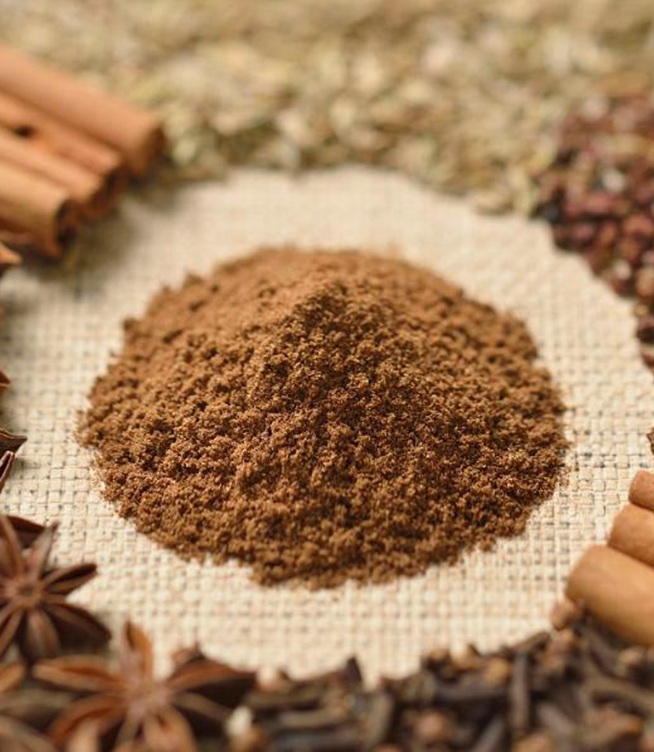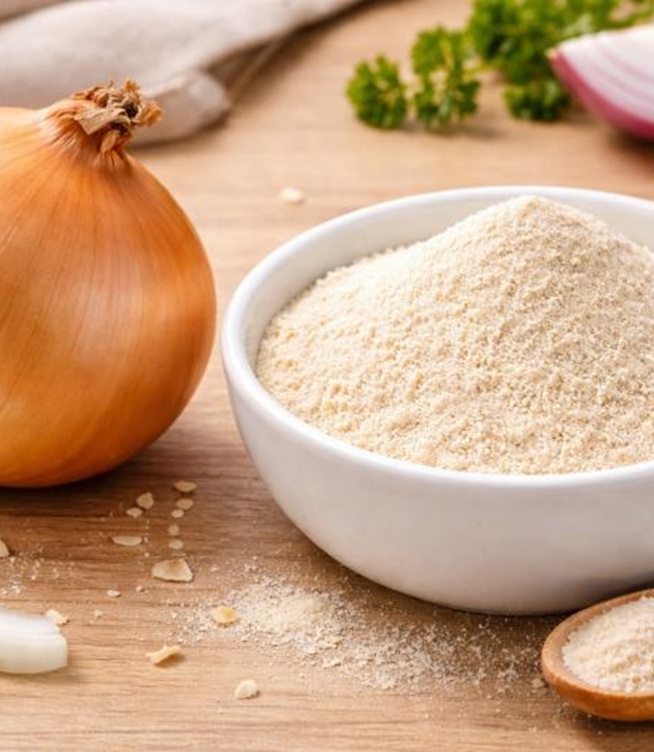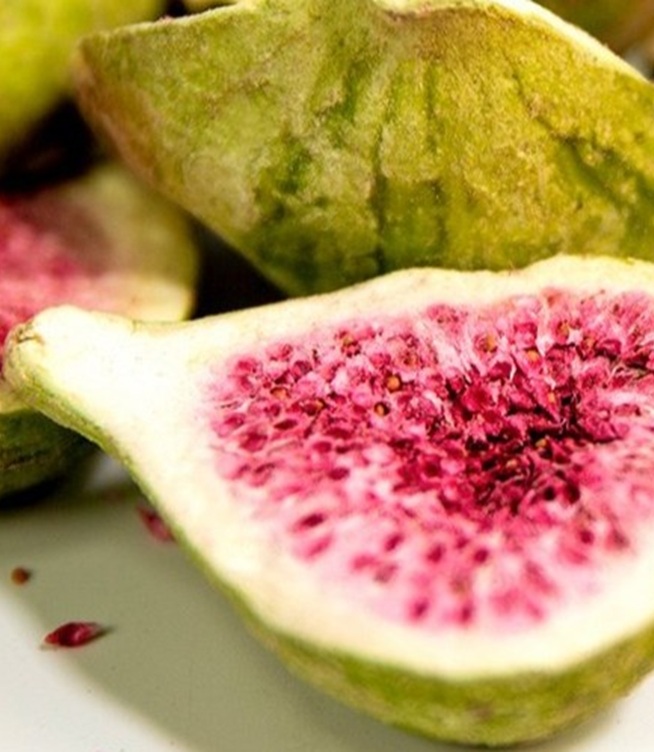Freeze dried Foods Are Entering a Golden Decade
Have you tried freeze-dried foods? These products contain no preservatives and can be stored at room temperature for over a year. From 2022 to 2024, thanks to the growth of online platforms and e-commerce livestreaming, freeze-dried food sales tripled. Freeze-dried foods meet the demand for green, convenient, and nutritious consumption, and the industry is expected to experience rapid growth over the next decade.
Better Nutrition and Taste Retention
Freeze-dried foods, or vacuum freeze-dried foods, include a wide range of products like vegetables, fruits, meat, seafood, convenience foods, soups, beverages, seasonings, health foods, pet foods, and industrial ingredients. These products retain better nutrition and taste compared to other drying methods, catering to consumer demand for seasonal items throughout the year.
The production process is intricate, usually involving 18 steps. The food is rapidly frozen at -38°C for 6 to 8 hours, followed by 20 hours of dehydration in a freeze-drying chamber, with a total process time of over 24 hours. Some consumers may confuse freeze-dried foods with frozen or dehydrated foods, not understanding the advanced freeze-drying process.

Higher Retail Prices
When it comes to retail prices, freeze-dried foods can be expensive. For example, a 25-gram bag of freeze-dried strawberries can retail for up to $7. The raw material costs are high, with 1 kg of freeze-dried product requiring 20 to 25 kg of leafy vegetables, 15 to 18 kg of melons, 10 to 15 kg of fruit, 6 to 8 kg of meat, and 18 kg of shiitake mushrooms.
Since 2020, the sales of freeze-dried foods have grown significantly, with freeze-dried fruit and vegetable snacks being especially popular, particularly among younger female consumers.
Currently, fruits make up about 40% of freeze-dried foods, while vegetables and convenience foods account for around 20% each. There is also strong demand for freeze-dried meat, seafood, soups, and pet foods. Expanding Market Potential
The freeze-dried food industry is growing rapidly, with freeze-dried mangoes, strawberries, and other foods attracting many consumers. There is also an increasing variety of multi-functional freeze-dried foods, though the industry is still emerging. Freeze-drying preserves the natural essence of ingredients, aligning with the trend for high-quality, healthy foods. The industry is also moving toward functional products, and we can expect to see more freeze-dried health foods in the future.

The growth of the freeze-dried food industry is closely linked to the rise of the "home economy." Younger consumers are increasingly seeking quick, convenient meals, and freeze-dried foods offer a ready-to-eat solution that meets both convenience and nutritional needs.
Despite freeze-dried fruits and vegetables retaining most of their nutrients, they can never fully replace fresh produce. Additionally, some freeze-dried snacks contain added ingredients like glucose and sugar, which, if consumed in excess, can contribute to weight gain. When purchasing freeze-dried foods, consumers should carefully read the labels and ingredient lists to ensure they are choosing products without unnecessary additives.
ShunDi is a leading freeze-dried fruits and vegetables supplier in China, serving over 40 countries worldwide. Feel free to reach out for more information.










